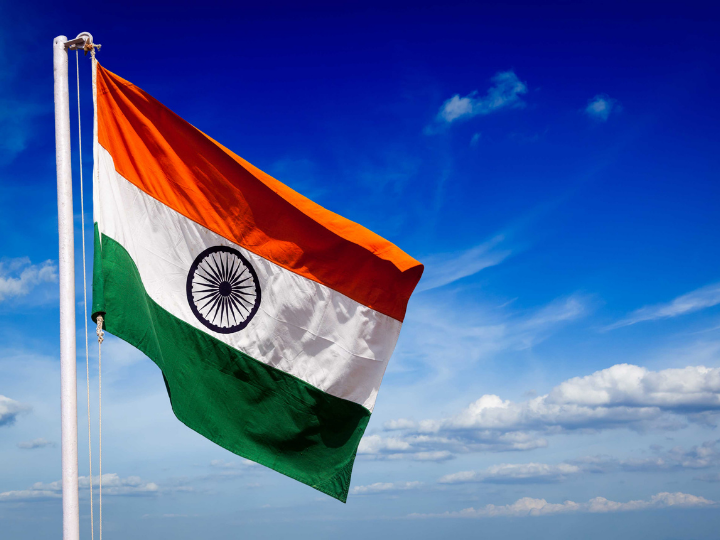by Pallavi Aiyar*
The European Union and India have a polite, but ultimately underwhelming relationship. This was evident once again during the recent EU-India Summit that was held virtually in Portugal, in early May.
Indians: The Europeans of Asia?
The difficulties New Delhi and Brussels have in developing a better understanding are ironic. While neither side is aware of it, both the Europeans and the Indians are in fact similar in temperament and sensibility.
Unlike the Americans and the Chinese, who are goal-oriented and able to act decisively in their own national interests, the Indians are notable for the glacial pace of their decision-making. The same applies to their European counterparts.
Multi-state coalition politics at work
Constrained by the workings of coalition politics, both the 27-member EU and 29-state India are complex entities that ultimately value argumentation over actual outcomes and performance.
They often appear unable to articulate a clear vision of their core interests. Internal fractiousness often hijacks the development of unified, long-term agendas.
Polyphony and geopolitics
Polyphonic and plural, the EU and India are the world’s two most populous democracies. They lack a single unifying idiom. Both boast over 20 official languages.
Since language is crucial in shaping political culture, polyphonous entities have a harder time finding common stances, than nations which share a single language.
The commonalities between the EU and India are underscored by the fact that their governments use an identical catchphrase to describe their union: “unity in diversity.”
Hard power envy
Yet despite the similarities, or perhaps because of them, neither India nor the EU makes the other side a strategic priority.
Rather, for both of them, the United States and China form the twin poles of their strategic fixation. Ultimately, both India and the EU are in essence soft powers, beguiled by and perhaps envious of the hard muscle shown by the Americans and Chinese.
FTA to the rescue?
The relatively thin economic inter-linkages between the two play a significant role in making it easier for each side to ignore the other.
The Free Trade Agreement that the two have been negotiating since 2007 is now back on the table, after having been suspended in 2013. It has the potential to transform the bilateral relationship into a more substantial one.
However, if the years of difficult past negotiations are any barometer, several stumbling blocks will continue to make finding an accord challenging.
Despite 16 rounds of negotiations, talks failed to arrive at a consensus on major issues such as tariffs on European wines and spirits in India and labor market access for Indian professionals in Europe.
Both Indians and Europeans tend to blame foot-dragging on the part of the other side for the protracted discussions.
Divergent diplomatic styles
The EU and Indian negotiators tend to be out of sync when it comes to tactics. A senior EU official familiar with the ins and outs of past FTA discussions summed up the talks around tariffs as follows: “The Indians play low to settle higher — and we (the Europeans) play high to settle lower.”
The fact is that when it comes to concluding trade deals, neither the EU nor India have it easy. Protectionist trade unions and the need to balance the interests of 27 member states in the EU and 29 union states in India means a lot of divergent priorities.
The resulting cumbersome internal decision-making process does not make for quick results.
The China factor
One factor in favor of an India-EU deal today, in contrast to the pre-2013 talks, is that both sides are increasingly concerned about China.
The EU and India are wary of potential Chinese hegemony. They are also aware that to establish an effective bulwark against Chinese domination, collaboration is key.
For India, a deal with the EU would signal that it is open for business to the rest of the world, despite having opted out of the China-led Regional Comprehensive Economic Partnership (RCEP) deal at the last moment.
The EU, in turn, wants to diversify its supply chain away from China. India presents an obvious alternative.
Conclusion
Although on paper, the case for a stronger EU-India relationship remains strong, the odds are that real progress will remain as elusive as in the past. This isn’t only because of technical trade hurdles.
India, led by Prime Minister Narendra Modi, remains fixated on the United States. And the presence of Mr. Modi, who has a mixed-record on defending the rights of religious minorities, provides civil society organizations in Europe with plenty of ammunition to block any FTA deal – were one to emerge.
*Deputy Editor-in-Chief of The Globalist
**first published in: www.theglobalist.com




 By: N. Peter Kramer
By: N. Peter Kramer
